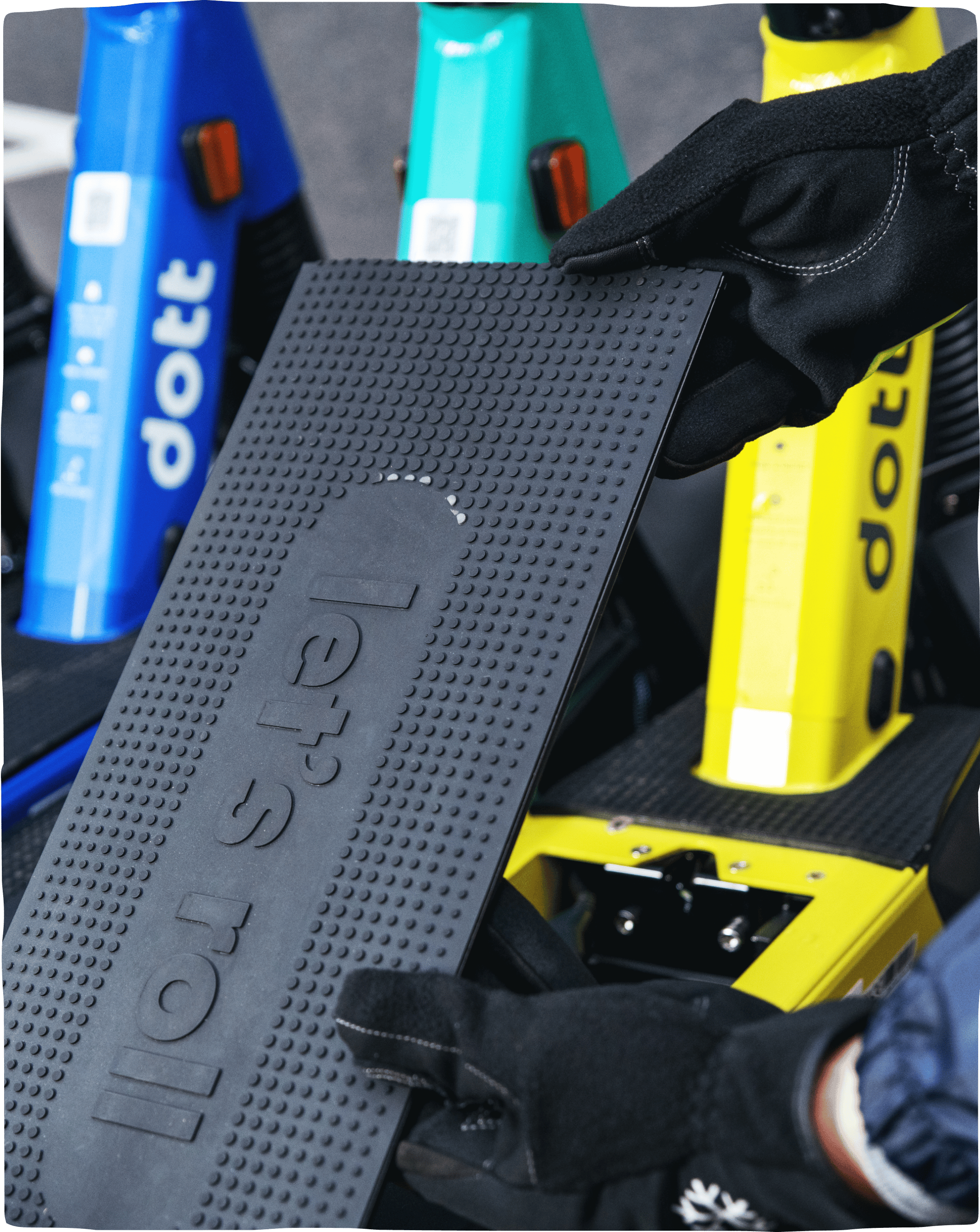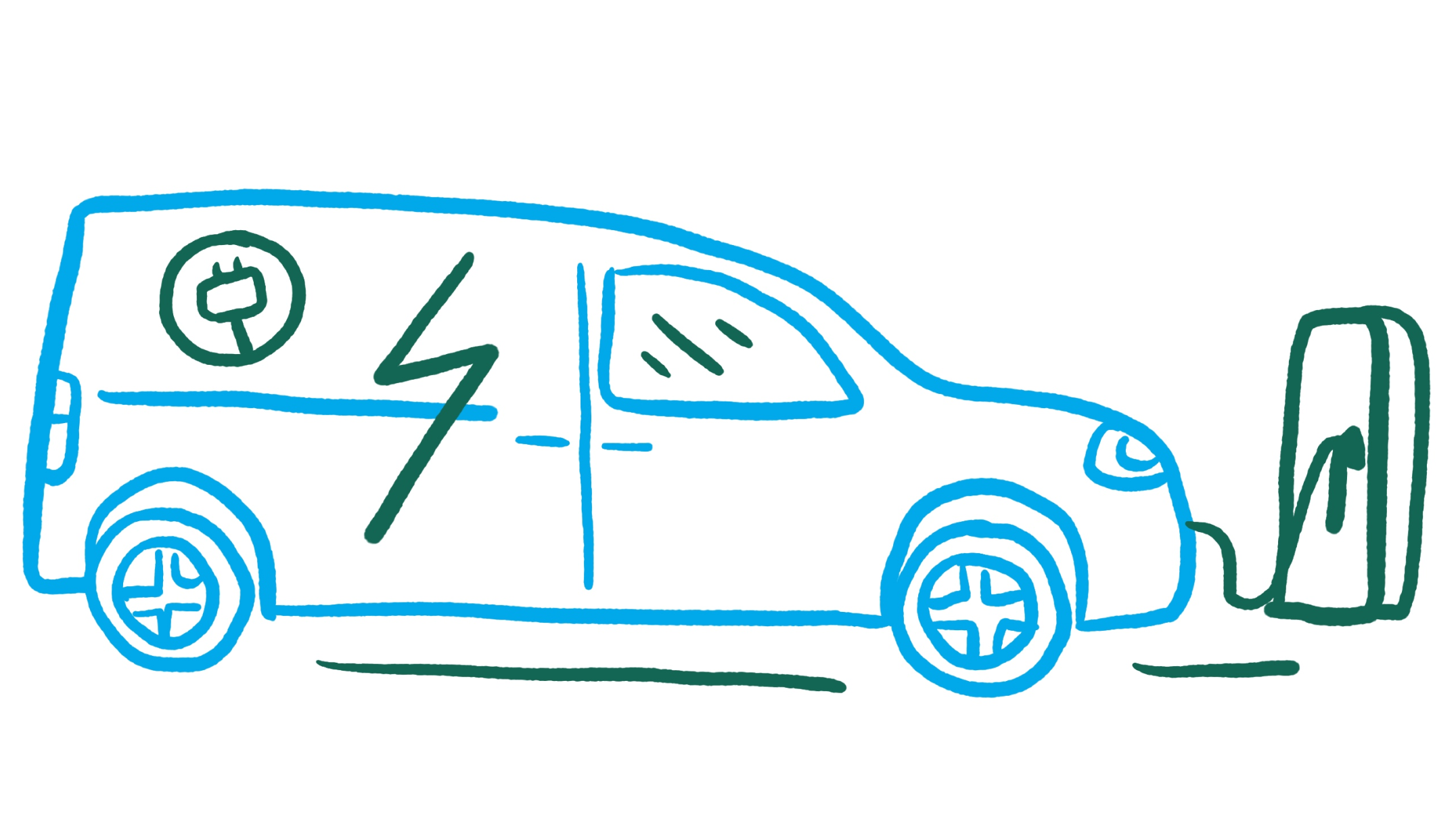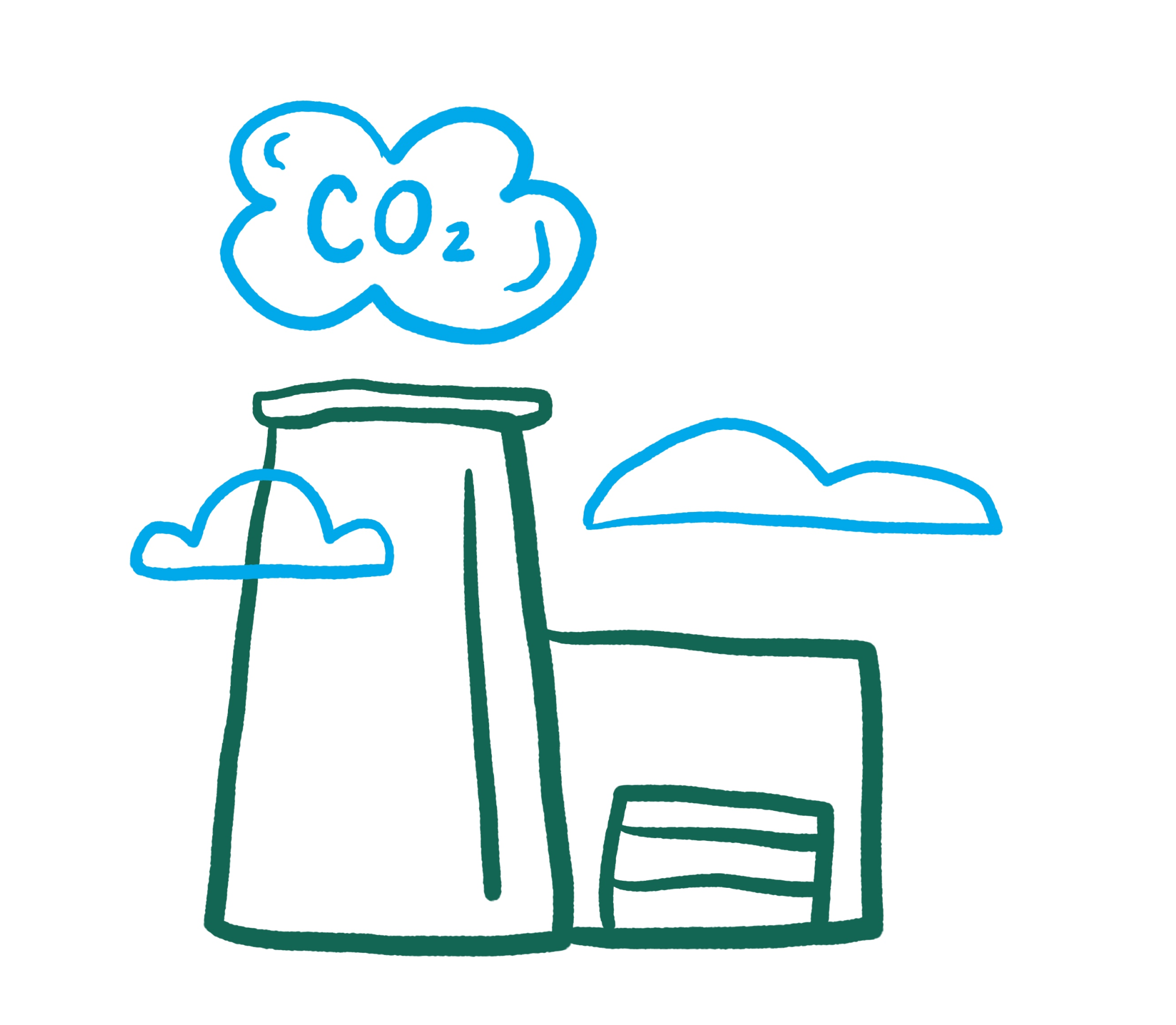


4 years ago
More and more companies are claiming to offer carbon neutral products and services, but for us at Dott, being neutral isn’t enough. Since starting on two wheels back in 2019, we’ve offset all our greenhouse gas emissions, and we know that our journey doesn’t stop there.
Any company that offsets or compensates for the greenhouse gases it emits can say that it’s carbon neutral. The reality though, isn’t that they’re emitting fewer emissions, rather that they’re supporting a project elsewhere to capture or reduce CO2 emissions.
As a single measure, carbon neutrality only puts a band-aid on the problem, when we need to treat the root cause. That’s why our primary focus is to actively lower the volume of greenhouse gases our services produce. We only offset as a last resort.
Already, we’re the first in our industry to team up with environmental experts to create a dynamic model that estimates our monthly carbon footprint for every city we operate in. With this tool, we not only keep track of our greenhouse gas emissions, we measure how much of a difference our reduction initiatives make. And from the warehouse to the sidewalk, we have integrated our dynamic model to cover every part of our value chain.
Here’s how our journey has unfolded, how far we’ve come, and what’s yet to be done.

Since 2020, we’ve worked with carbon footprinting experts, CO2logic, to create a dynamic model that allows us to estimate the carbon footprint for every kilometer ridden in the cities where we operate. We use this model to monitor our footprint per city per month – as opposed to annual calculations which are common practice among other companies.
Our CO2 model is so effective because it gives us an autonomous, regular, and reliable way to break down our emissions. With these detailed insights, we have a deeper understanding of our carbon footprint that allows us to pinpoint the highest emission-producing activities and focus our sustainability efforts there. Additionally, we can assess how well our environmental initiatives reduce our carbon footprint and can apply a more agile roadmap where we can review and revise our green approach to ensure the maximum impact.
Let’s take a look at an example from the city of Lyon. The model showed us that lost vehicles in the city significantly contributed to our carbon footprint. In response, we built a taskforce to tackle the issue and were able to lower the number of lost vehicles from 5% to 0.5% over the course of 2020. The result? We didn’t offset, we reduced our emissions by roughly 8 tons of CO2 per month.
Our calculation model is based on the GHG Protocol, the most widely applied standard for estimating carbon emissions for a product or company. Because we take full accountability for all our greenhouse gas emissions, we apply the model across our entire value chain.
We don’t just track emissions from operating our e-scooter and e-bike fleets, we include our suppliers, logistics vehicles, warehouses, and recycling. Basically, anyone and anything that enables Dott to be on the road goes into the calculations. That means all three ‘scopes’ of the GHG protocol.

All the direct greenhouse gas emissions related to our activities. For example, the fuel combustion from our logistics vehicles when they drive to change a battery in a scooter.
We were one of the first in our industry to introduce swappable batteries for e-scooters and e-bikes. Rather than ship our fleets back and forth when their battery runs out, we now replace it on the spot with a full one. We are changing our operations fleet to be fully electric, cutting down further the emissions from our operations.

Indirect greenhouse gases from the consumption of purchased electricity, heat or steam. For us, that’s things like the heating in our warehouses and offices, and the electricity used to power our logistics vehicles, e-bikes, and e-scooters.
We use renewable energy in all our offices and warehouses. Our new HQ in Amsterdam (which will be ready in early 2022) is located in the ‘green zone’ of the city, alongside the most sustainable and energy-efficient architectural projects in the city. The building cuts down heating needs with top-of-the-line insulation, among many other eco-friendly design elements.

Other indirect greenhouse gases that are released from sources we don’t own or fully control. These include the production of e-scooters and e-bikes (materials, production, assembly, transport etc.), end of life management for e-scooters and e-bikes, business travel, IT equipment, and commuting.
Through our ‘repair-first’ hardware policy, we use reusable spare and recycled parts to fix our vehicles and ensure our e-scooters and e-bikes have a long lifespan. Our first fleet of e-scooters is still in use after two and a half years out on the streets, while our next generation of e-scooters is set to roam for more than five years – which will contribute to lowering our emissions even further.
In 2021, Dott reduced emissions by 40% for every kilometer ridden compared to 2020.
We have the tools to keep us honest and on-track with our green momentum, and we’re already creating cleaner change with them. In 2021, Dott reduced emissions by 40% for every kilometer ridden compared to 2020.
But if we want to go beyond carbon neutrality, what else are we striving toward?
First, our reduction target aligns with the 1.5 degree scenario from SBTI (the Science Based Target Initiative), which means we have to lower our scope 1 and 2 emissions by 50% by 2030.
Second, on top of the SBTI target, we’ve set an ambitious goal that by 2025, our carbon footprint will be less than 20 grams of CO2eq (the unit of global warming potential) per km ridden on a Dott vehicle. We know this is a challenging goal, especially considering we’re the only micromobility service to take into account all of the emissions we produce, and we don’t deduct the waste that we recycle from our emission count. The activity of recycling uses energy that still produces emissions, so we include them in our total calculations.
Third, our goals for 2022 to reach these targets include switching to fully electric operation vehicles in all cities, even places where the shift isn’t mandatory – and we’re on track to do so by mid-2022. Further down the road, we’re designing our next generation e-scooters and e-bikes to be made using only the most durable and climate-friendly materials, helping us to lower the emissions needed for production and to keep lengthening the lifespan of our vehicles.

We’re not leading the charge solo. We’ve also partnered with innovative companies to research how to construct batteries that have a lesser impact on the environment and are more easily reused after their time at Dott.
We’re serious about sustainability and honest about our complete carbon footprint. Our mission is to free our cities for everyone, meaning to preserve them for the riders of today and those yet to hop on two wheels. We’ve been moving toward a greener world from the get go, and we’re determined to leave the smallest trace possible along the way.